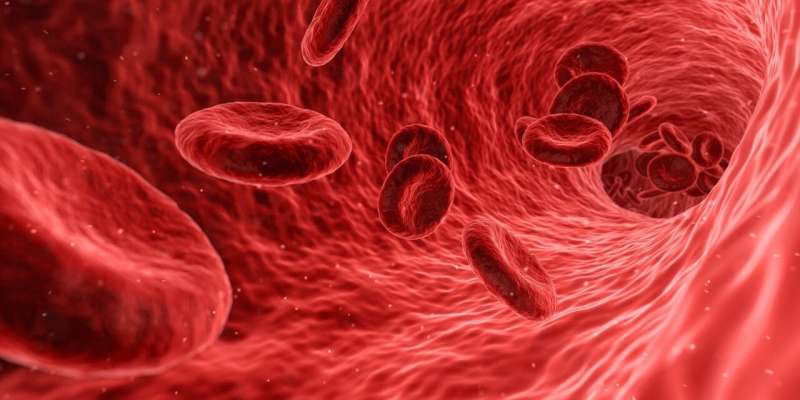
DEAR MAYO CLINIC: I recently was diagnosed with vascular Ehlers-Danlos syndrome. My doctor said there’s no cure and that it’s genetic. What can be done to treat this? I have two young children. Should they be tested for it?
ANSWER: Ehlers-Danlos syndrome often causes overly flexible joints and stretchy, fragile skin. When you have this disorder, you may be prone to dislocating joints and bruising easily. Your skin may not heal well.
Vascular Ehlers-Danlos is a more severe form of the disorder that affects blood vessels. It can weaken the aorta, which is the large artery that carries blood away from your heart, as well as the arteries in the neck and abdomen. In some cases, vascular Ehlers-Danlos can weaken the walls of the large intestine or uterus, too.
Although it’s true that Ehlers-Danlos syndrome cannot be cured, physical therapy often can help manage symptoms and prevent complications. Regular follow-up care and monitoring at a vascular center, such as Mayo Clinic, also is valuable. That’s because specialists can catch problems that may develop due to Ehlers-Danlos in the early stages, when they’re easier to treat.
Exercises to strengthen the muscles around your joints can help stabilize those joints. That lowers your risk of joint dislocation. A physical therapist can teach you how to perform those exercises and suggest other physical activities that fit your situation.
When you have Ehlers-Danlos you need to limit or avoid some activities. These activities include competitive or contact sports, weightlifting more than 40 pounds, sprinting and other resistance-type activities that increase your risk of injury. Light aerobic exercises are acceptable, such as swimming, jogging or biking.
For vascular Ehlers-Danlos, keeping your blood pressure low can ease the stress on your fragile blood vessels. That reduces the risk of blood vessel injuries, such as the walls of the arteries separating—a condition known as blood vessel dissection. Lowering blood pressure also can make it less likely that your blood vessels will bulge or rupture due to weakness. In some cases, you may need to take medication to keep your blood pressure low, such as metoprolol or losartan.
To monitor the health of your blood vessels over time, your health care professional may recommend regular imaging exams of your aorta and other major arteries.
People with Ehlers-Danlos have a chance of passing this disorder to their children. With that in mind, it is a good idea for you to consult with a genetic counselor to discuss the risks and benefits of genetic testing for your children.
Accurately diagnosing Ehlers-Danlos is crucial to ensuring the appropriate and timely medical care needed to avoid serious complications. In many cases, genetic testing is recommended for children who may have the disorder.
Source: Read Full Article


